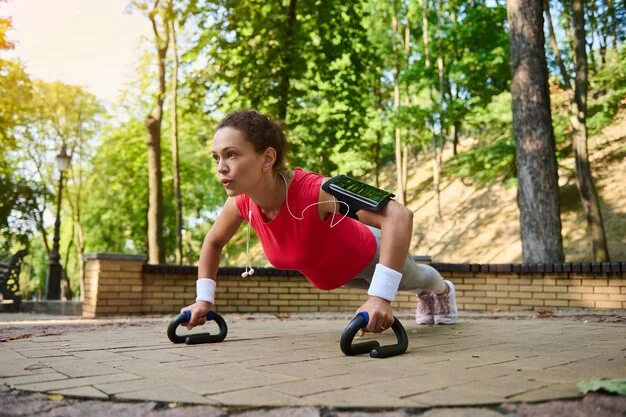Why Strength Training Matters for Young Athletes
Building strength during adolescence lays the foundation for athletic performance, injury prevention, and overall health. However, diving into weight training without proper guidance can lead to poor technique and potential setbacks. Kettlebells offer an excellent way for teenagers to develop strength, coordination, and endurance in a safe and controlled manner.
Understanding Kettlebells and Their Benefits
Unlike traditional dumbbells or barbells, kettlebells engage multiple muscle groups at once. Their unique design allows for dynamic movement, improving power, balance, and core stability. Training with them can enhance flexibility while promoting functional strength, making them an ideal tool for young athletes looking to boost their fitness level.
Preparing for Your First Session
Before grabbing a kettlebell, establishing a solid foundation is crucial. Begin with bodyweight exercises such as squats, lunges, and push-ups to develop stability. Proper warm-ups, including dynamic stretches and mobility drills, will prepare muscles for the demands of strength training.
Selecting the Right Weight
Choosing an appropriate kettlebell prevents unnecessary strain and encourages proper technique. A lightweight option—typically between 8-12 kg (18-26 lbs) for teenage boys and 6-8 kg (13-18 lbs) for teenage girls—ensures manageable resistance. Starting with a lighter load allows for gradual progression as skills improve.
Mastering Basic Kettlebell Movements
Goblet Squat
Holding the kettlebell close to the chest, lower into a deep squat while keeping the back straight and knees aligned with the toes. This movement strengthens the lower body and reinforces correct posture.
Kettlebell Deadlift
With feet hip-width apart, grip the handle and hinge at the hips while maintaining a neutral spine. Engaging the hamstrings and glutes, stand tall without locking the knees. Deadlifts promote posterior chain strength, essential for overall athleticism.
Kettlebell Swing
A foundational dynamic movement, the swing builds explosive power. Initiate the motion by hinging at the hips, then drive the kettlebell forward using hip thrusts rather than arm strength. Controlled execution prevents strain and maximizes effectiveness.
Overhead Press
Starting from shoulder height, press the kettlebell upward until the arm fully extends. Keep the core engaged to stabilize the movement. This exercise improves shoulder strength and upper body endurance.
Structuring a Beginner-Friendly Workout
A well-rounded training plan balances strength development with mobility work. Here’s an effective routine for teens starting out:
- Warm-Up – 5 minutes of jumping jacks, arm circles, and hip openers.
- Goblet Squat – 3 sets of 10 repetitions.
- Deadlift – 3 sets of 8 reps.
- Kettlebell Swing – 3 sets of 12 reps.
- Overhead Press – 3 sets of 8 reps.
- Cool Down – 5 minutes of stretching and deep breathing.
Avoiding Common Mistakes
Rushing through exercises without focusing on technique can lead to poor movement patterns. Prioritizing form over weight prevents injuries. Additionally, skipping warm-ups and cool-downs reduces flexibility and increases stiffness. Consistency matters more than intensity—progressing gradually ensures steady improvement.
Listening to Your Body
Experiencing mild soreness after workouts is normal, but sharp pain signals potential issues. Rest days play an essential role in recovery, allowing muscles to rebuild. Staying hydrated and eating nutritious meals further supports strength gains and energy levels.
The Road to Strength and Confidence
Embarking on a kettlebell journey introduces teens to structured training while fostering discipline and resilience. Focusing on safe practices and progressive overload will lead to noticeable improvements over time. With patience and commitment, young athletes can build a strong foundation that benefits both sports performance and lifelong fitness.







